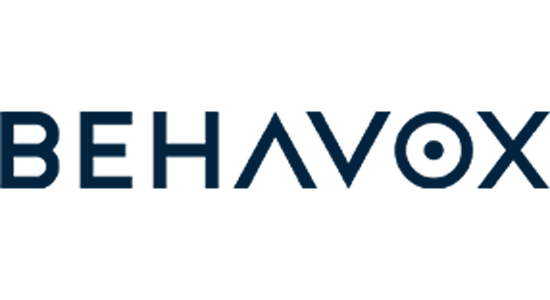Article
AI: helping banks reclaim pole position in investment research
By Erkin Adylov, founder and CEO of Behavox
Investment research has always been a significant competitive differentiator for banks. Those that are known for producing high quality, accurate research have built their reputation as thought leaders in their chosen markets, with the intel their customers require to inform trading decisions and manage risk.
In recent years, however, many banks have reduced investment research due to regulatory changes, cost pressures, and shifts in investor demand. The introduction of MiFID II in 2018 required research costs to be unbundled from trading fees, making it harder for banks to justify extensive coverage. This led to a decline in research budgets, particularly affecting coverage of small and mid-cap stocks. With lower demand from asset managers unwilling to pay separately for research, banks have scaled back their output.
Cost pressures and changes in the investment landscape have also played a role. Research is expensive to produce, and declining equity trading commissions have made it less profitable. At the same time, large institutional investors increasingly rely on alternative data sources, AI-driven analytics, and in-house research teams, further reducing demand for traditional bank research. As a result, banks have prioritized high-value research for top-tier clients and cut back on broad market coverage.
Meanwhile, independent research providers and alternative data sources have gained traction, filling the gaps left by traditional bank research.
Critical to customer success
Despite the challenges faced by banks, investment research remains crucial for their customers. High quality research can provide data-driven insights that firms make informed financial decisions. It analyzes market trends, company performance, and economic conditions, enabling investors to assess opportunities and risks before committing capital. With accurate research, customers can make strategic investments that align with their financial goals.
For retail and institutional investors, investment research helps in portfolio management by identifying profitable assets and diversifying risks. It offers recommendations on stocks, bonds, and other financial instruments, guiding customers on when to buy, hold, or sell. This information can be essential for maximizing returns while minimizing potential losses.
Investment research also enhances transparency and trust, as banks provide unbiased, well-analyzed reports that empower customers with objective market insights. In today’s constantly changing financial landscape, timely research helps customers stay ahead of market fluctuations and economic shifts, reducing uncertainty in investment decisions.
In addition, research supports risk management by evaluating potential threats to investments, such as economic downturns, interest rate changes, or geopolitical events. By understanding these risks, customers can adjust their strategies accordingly, ensuring long-term financial stability and resilience against market volatility.
Against this backdrop, how can banks overcome the obstacles they face in producing research that meets their customers’ needs? The answer lies in AI.
Automate and enhance
Recent developments in Large Language Models (LLMs) have paved the way for banks to reclaim their dominance in the research space by automating data collection and processing from various sources, including financial reports, market news, and earnings calls. When the foundation model is trained on relevant data sets, this can enable real-time market monitoring and sentiment analysis, helping analysts stay informed about stock movements and global financial trends.
Such purpose-built LLMs can improve financial analysis by conducting fundamental and technical assessments, forecasting stock prices, and modeling economic scenarios. AI also optimizes portfolio construction, rebalances assets, and performs stress testing to manage risks effectively.
Importantly, AI allows this all to be delivered with maximum efficiency. Natural Language Processing (NLP) can automate report generation, allowing investment research to be developed and delivered quickly and effectively. AI-driven insights can even personalize recommendations based on investor profiles, further improving the service a bank can offer its customers. Additionally, AI ensures compliance with regulatory standards and detects potential fraud in financial statements or transactions.
By increasing efficiency, reducing costs, and enhancing decision-making, AI is transforming how banks produce and deliver investment research and finally turning the tide back in their favour.
Get started today
Find out how to supercharge your investment research capabilities, test drive Behavox Pathfinder today.
ERKIN ADYLOV
With over two decades of experience across diverse roles in the financial services sector, Erkin brings a wealth of expertise to the helm of Behavox, enabling him to spearhead and inspire product innovation within the company.
Prior to founding Behavox in 2014, Erkin worked at Goldman Sachs in equity research and later at GLG Partners/Man Group as a portfolio manager in the Financials Fund.
Erkin holds a Master’s degree in Development Economics from the London School of Economics, where he distinguished himself as a Michael Peacock scholar.



















